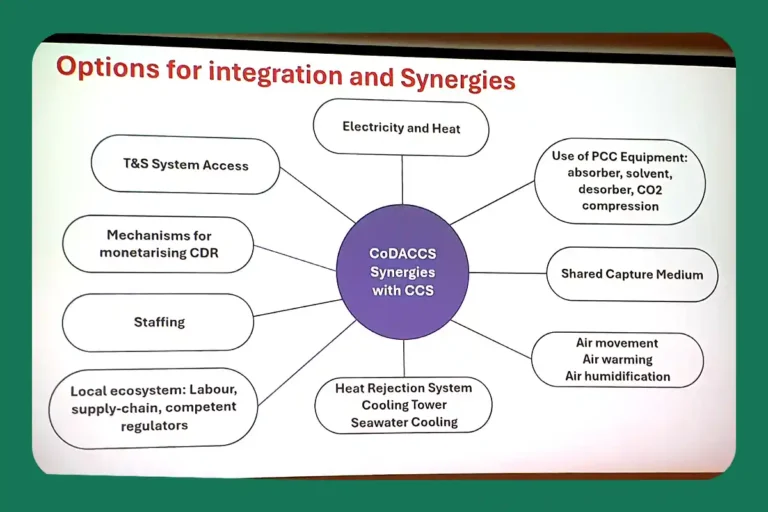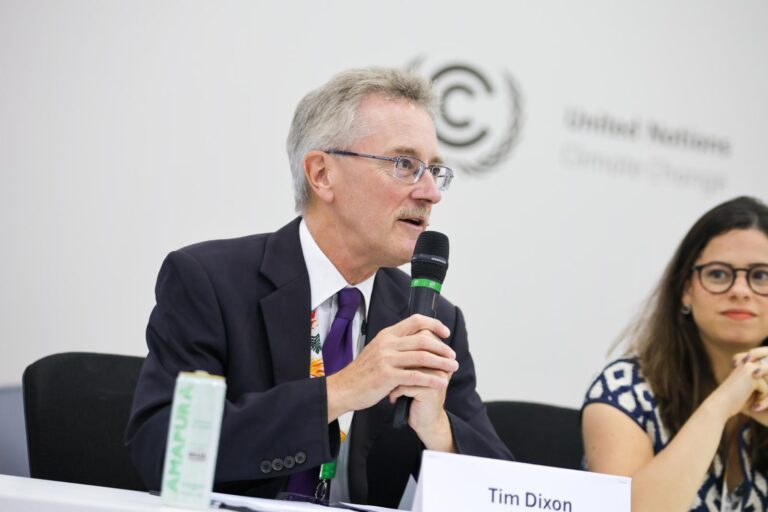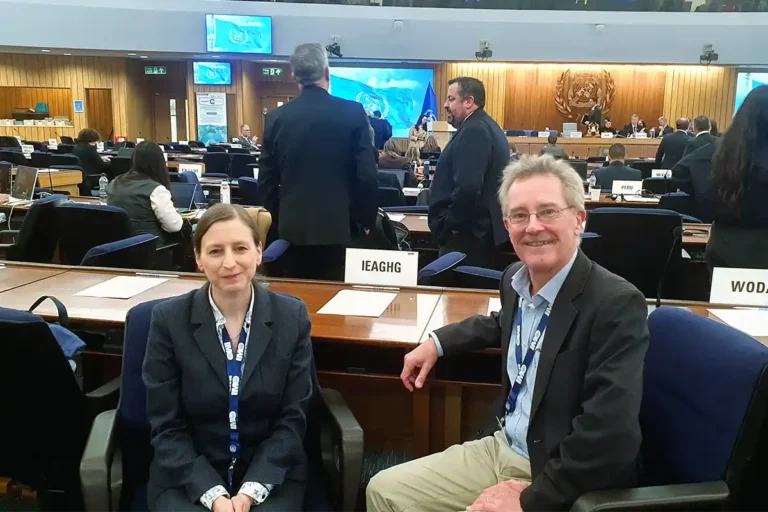
IEA flagship report “Global Energy Review: CO₂ Emissions in 2021”
11 March 2022


On 8 March 2022, the IEA published their flagship report “Global Energy Review: CO2 Emissions in 2021″. The report provides a rather bleak summary of the missed opportunities for a green and sustainable recovery from the Covid-19 pandemic so far.
The key messages are the following:
- Energy-related CO2 emissions grew to 36.3 Gt in 2021, a record high. Emissions increased by almost 2.1 Gt from 2020 levels. This puts 2021 above 2010 as the largest ever year-on-year increase in energy-related CO2 emissions in absolute terms. The rebound in 2021 more than reversed the pandemic-induced decline in emissions of 1.9 Gt experienced in 2020. CO2 emissions in 2021 rose to around 180 Mt above the pre-pandemic level of 2019.
- The world has not heeded the call for a sustainable recovery from the Covid-19 crisis. With carbon-intensive growth reminiscent of 2010, the global economic recovery from the Covid-19 crisis has not been the sustainable recovery that many called for at the onset of the pandemic in 2020.
- CO2 emissions from coal rise to all-time high. Coal accounted for over 40% of the overall growth in global CO2 emissions in 2021. Coal emissions now stand at an all-time high of 15.3 Gt, surpassing their previous peak (seen in 2014) by almost 200 Mt.
- Oil demand for transport remained 8% below pre-pandemic levels. The pandemic continued to impact oil use for transport in 2021, with demand more than 6 million barrels per day below 2019 levels, and emissions 600 Mt lower. CO2 emissions related to international aviation in 2021 stood at only 60% (370 Mt) of their pre-pandemic levels.
- Emissions from the world’s power plants reached their highest ever level. CO2 emissions from the sector neared 14.6 Gt, their highest ever level and around 500 Mt higher than in 2019. China accounted for almost all of the global increase in electricity and heat sector emissions between 2019 and 2021. A small decline from the rest of the world was insufficient to offset the increase in China. CO2 emissions from coal power plants rose to a record 10.5 Gt, which is 800 Mt above their 2020 level and more than 200 Mt above their previous peak in 2018.
- Spiking natural gas prices resulted in gas-to-coal switching, increasing emissions by 250 Mt. In the United States, emissions from coal-fired plants jumped by 17% in 2021 but nonetheless remained lower than in 2019. The increase was 16% in the European Union, but this was still significantly smaller than the 21% decline in 2020.
- Renewable power posted its biggest ever increase in 2021. Renewables-based generation reached an all-time high, exceeding 8 000 TWh in 2021, a record 500 TWh above the level in 2020. Output from wind and solar PV increased by 270 TWh and 170 TWh, respectively, while hydro generation declined by 15 TWh due to the impacts of drought.
- The rebound of global CO2 emissions above pre-pandemic levels has largely been driven by China. China’s CO2 emissions increased by 750 Mt over the two-year period between 2019 and 2021. China was the only major economy to experience economic growth in both 2020 and 2021. The emissions increase in China more than offset the aggregate decline in the rest of the world of 570 Mt between 2019 and 2021.
- Electricity demand in China jumped by 10% in 2021, adding the equivalent of the total demand of all of Africa. The economic recovery in China appears to be particularly energy intensive. The increase in demand of almost 700 TWh was the largest ever experienced in China. With demand growth outstripping the increase of low emissions supply, coal was called on to fill 56% of the rise in electricity demand. This was despite the country also seeing its largest ever increase in renewable power output in 2021. Electricity generation from renewables in China neared 2 500 TWh in 2021, accounting for 28% of total generation in the country.
- Per capita CO2 emissions in China now exceed the average in advanced economies. On a per capita basis, CO2 emissions in advanced economies have fallen to 8.2 tonnes on average and are now below the average of 8.4 tonnes in China. However, the overall average for advanced economies masks significant differences: per capita emissions average 14 tonnes in the United States, 6 tonnes in the European Union, and 3.2 tonnes in Mexico.
- The jump in fossil fuel use pushes greenhouse gas emissions to a new peak. The rise in energy-related CO2 emissions pushed overall greenhouse gas emissions from energy to their highest ever level in 2021. Total greenhouse gas emissions reached 40.8 Gt of CO2 equivalent (CO2eq) in 2021 when using a 100-year global warming potential time horizon, above the previous all-time high in 2019. Methane emissions from the energy sector rose by just under 5% in 2021 but remain below their 2019 level.
Conclusions
Global energy-related CO2 emissions rose by 6% in 2021 to 36.3 billion tonnes, their highest ever level, as the world economy rebounded strongly from the Covid-19 crisis and relied heavily on coal to power that growth. The recovery of energy demand in 2021 was compounded by adverse weather and energy market conditions – notably the spikes in natural gas prices – which led to more coal being burned despite renewable power generation registering its largest ever growth. It is clear that the global economic recovery from the Covid-19 crisis has not been sustainable so far. The world must now ensure that the global rebound in emissions in 2021 was a one-off – and that an accelerated energy transition contributes to global energy security and lower energy prices for consumers.
Reference list:
Global Energy Review: CO2 Emissions in 2021:
Report: https://www.iea.org/reports/global-energy-review-co2-emissions-in-2021-2
Press release: https://www.iea.org/news/global-co2-emissions-rebounded-to-their-highest-level-in-history-in-2021
Other articles you might be interested in
Get the latest CCS news and insights
Get essential news and updates from the CCS sector and the IEAGHG by email.
Can’t find what you are looking for?
Whatever you would like to know, our dedicated team of experts is here to help you. Just drop us an email and we will get back to you as soon as we can.
Contact Us NowOther articles you might be interested in
Get the latest CCS news and insights
Get essential news and updates from the CCS sector and the IEAGHG by email.
Can't find what you are looking for?
Whatever you would like to know, our dedicated team of experts is here to help you. Just drop us an email and we will get back to you as soon as we can.
Contact Us Now









